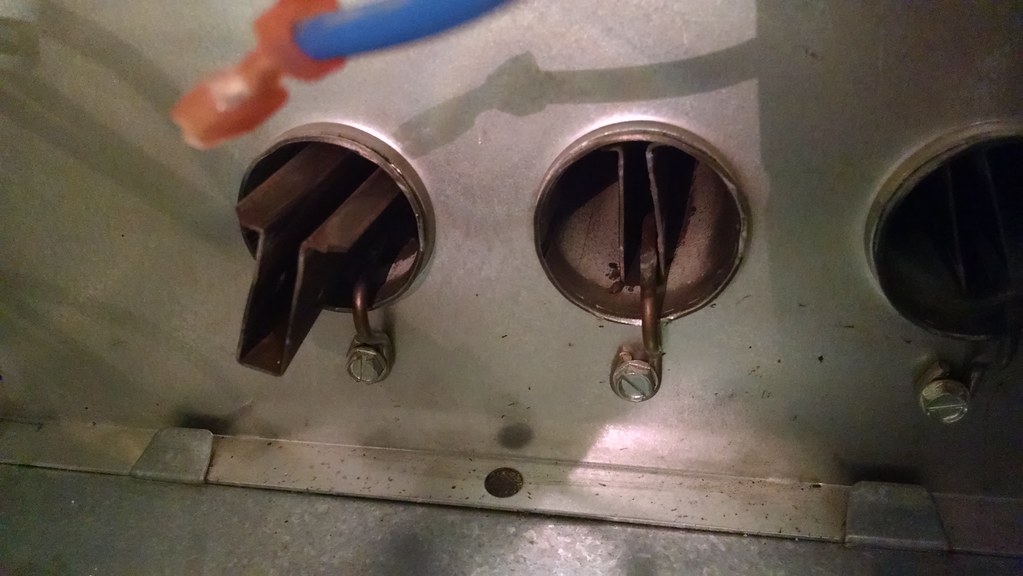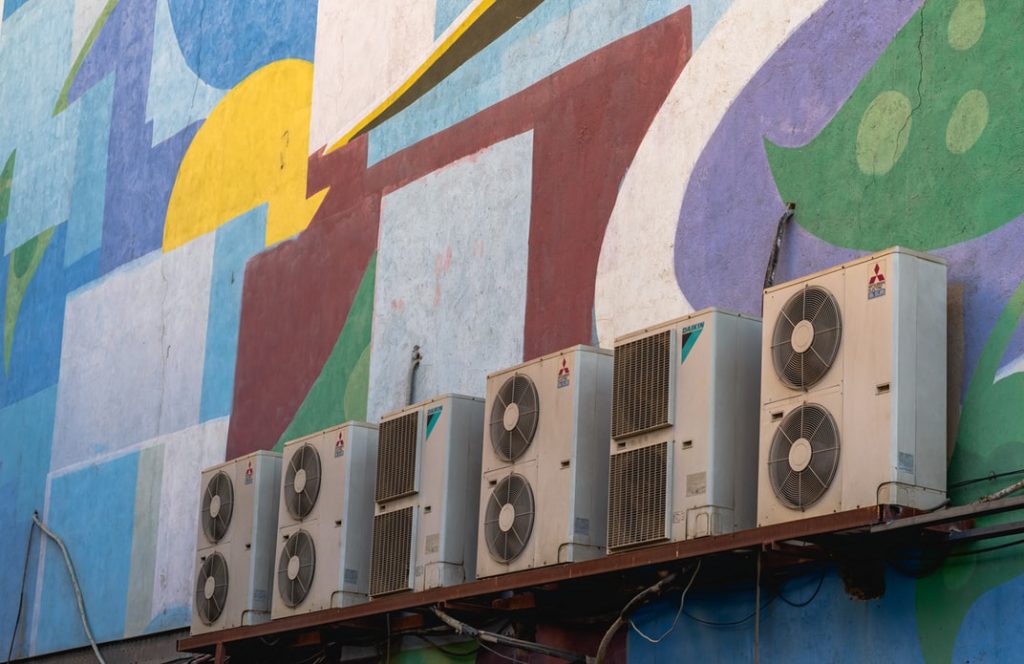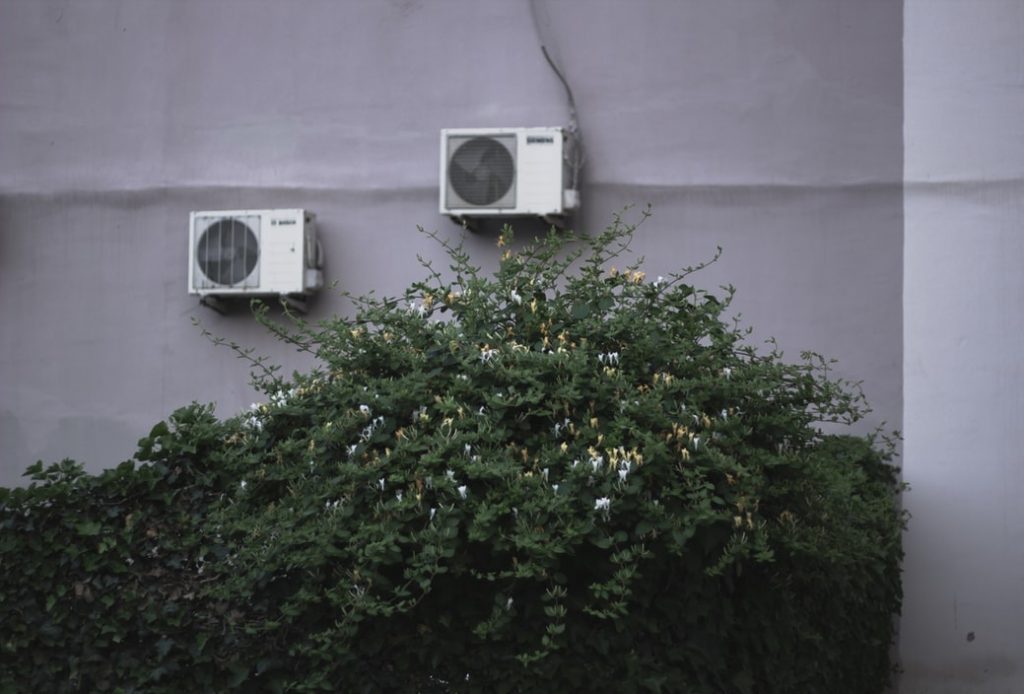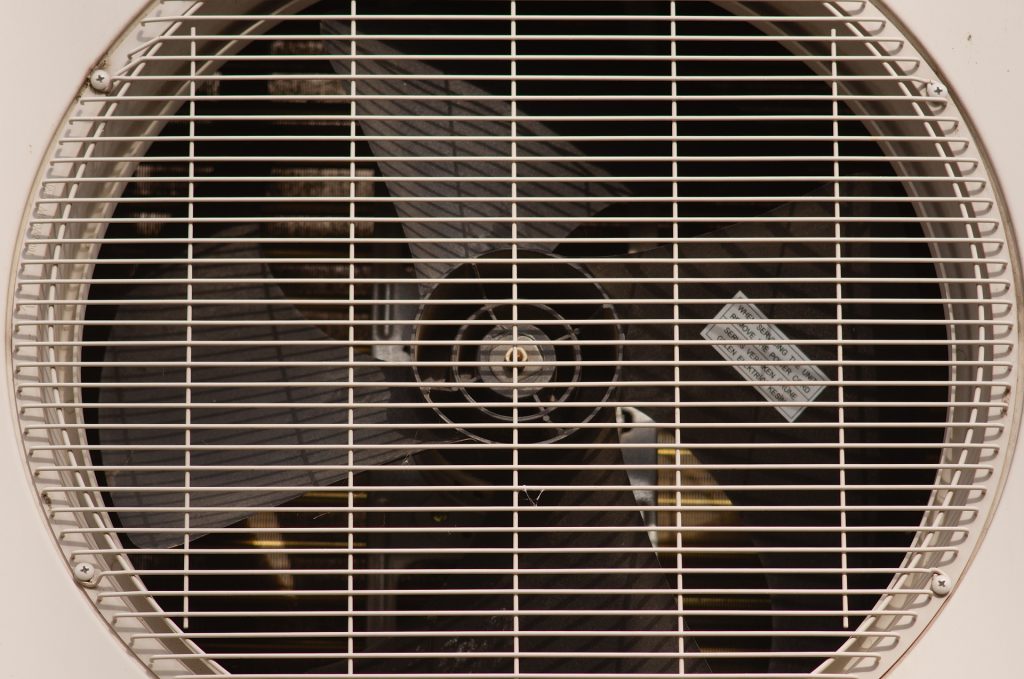If you suspect your gas furnace has a cracked heat exchanger, you shouldn’t ignore the instinct. A damaged heat exchanger can be potentially hazardous to your family if not repaired at the right time. It will expose you to toxic gases like carbon monoxide.
Cracked heat exchangers and carbon monoxide poisoning are responsible for hundreds of fatalities in the U.S. To keep your family safe, you need to inspect and maintain your HVAC regularly. Thankfully, HVAC maintenance plans in Phoenix are affordable.
In this guide, we’ll discuss the following aspects of a furnace’s heat exchanger.
- How a heat exchanger works
- Signs of a cracked heat exchanger
- Possible reasons a heat exchanger would crack
- Potential dangers of a cracked heat exchanger
- What to do if your furnace’s heat exchanger cracks
How a Heat Exchanger Works
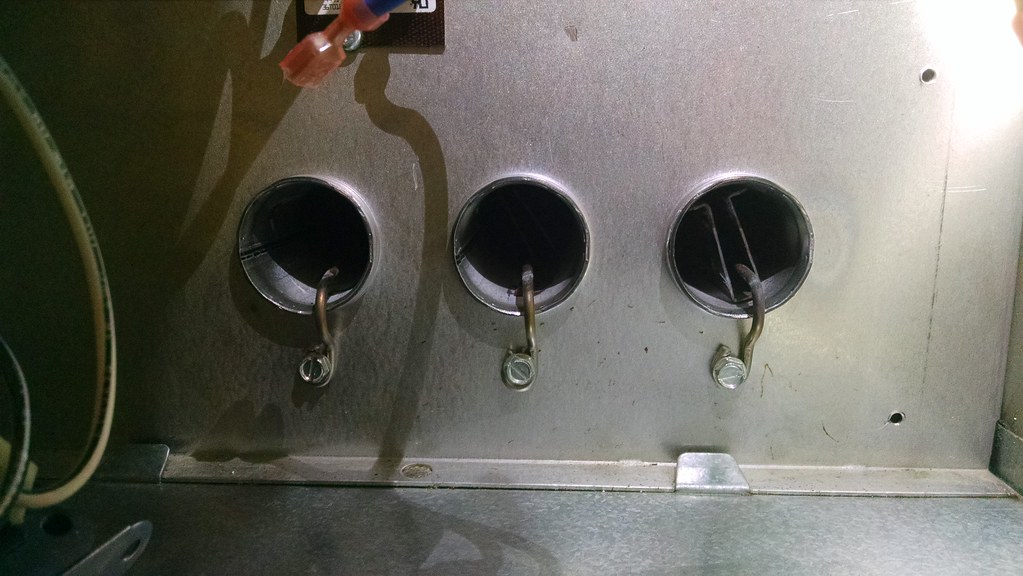
A heat exchanger is one of the components in a gas furnace that heats air to warm your home during cold days. The system comprises a series of coils and tubes that consistently loops to heat air that flows through it.
The heat exchanger system begins at the furnace’s burner assembly and ends when the furnace connects to the chimney vent. Notably, the heat exchanger is enclosed in a metal chamber to distribute warm air in your entire home safely.
When ignited, the furnace will channel hot combustion gases into the heat exchanger chamber to heat the metal walls. Meanwhile, return air ducts in the system will suck the cold air in your home and pass it along the heat exchanger to warm up the air.
Once the heat exchanger’s walls have heated up the air, it will send the warm air back to your rooms through ducts. Conversely, the system will blow out combustion gases produced in the heat exchanger into a vent that channels the gases outside the house.
Signs of a Cracked Heat Exchanger
It can be quite tricky to tell that your furnace’s heat exchanger is damaged by looking at it. That’s why you should watch out for the cracked heat exchanger symptoms. So, what are the symptoms of a bad heat exchanger? Keep reading to learn more.
- The Furnace Flame Looks Yellow
A typical furnace flame should be blue. If your furnace produces a steady blue flame, it’s clear that the furnace’s heat exchanger is functioning efficiently, and there’s nothing to worry about.
However, if the furnace produces a yellow flame, it can mean that your burner is dirty or your heat exchanger has cracked. But if the flame is yellow and also flickers, the chances are high that there are more damages in the furnace.
- The furnace Produces a lot of Soot
When there’s a lot of carbon inside your heating system, the furnace will produce a lot of soot. Usually, that happens when the furnace fails to burn the gas entirely, known as incomplete combustion.
There are many reasons the fuel doesn’t burn completely, including the use of faulty burners. However, a cracked heating exchanger could be another possible reason for more soot production in the heating system.
- The System Produces a Strong Smell
If your heating system produces a strong and unpleasant smell, it could be that the heat exchanger has cracked. Notably, the fumes usually smell like formaldehyde and are highly toxic to your body when inhaled.
If you discover that your heating system produces a formaldehyde-like odor, you should immediately contact a professional HVAC contractor. If you ignore the issue, you’ll be exposing yourself to more harm or dangers.
- The Furnace Components Corrode and Form Cracks
When the external components of your furnace begin to show the signs of tear/wear, the chances are high that the internal components are starting to wear. That could mean that your heat exchanger has also begun to crack.
Stress cracks on the furnace are a common problem that occurs when the components contract and expands intermittently during cooling and heating. Besides, the furnace components can corrode when exposed to fumes with chloride or moisture.
- Water Collects on the Floor around the Furnace
If your furnace doesn’t have any condensation issue and you find some water on the floor at its base, the chances are high that the heat exchanger is the issue. You’ll need to contact a professional HVAC contractor to determine the root cause of the problem.
Besides a cracked heat exchanger, there are other possible causes of leaks around the furnace. For instance, a whole-house humidifier could leak if connected to your furnace. Another possibility could be when the HVAC’s internal drain system is clogged.
Possible Reasons a Heat Exchanger Would Crack
Here are some of the leading causes of cracks in heat exchangers.
- Overheating
In most cases, furnaces’ heat exchangers tend to crack due to overheating. If the airflow in your heating system is quite slow, heat will build up in the system and cause it to break. That’s why you need to maintain the furnace regularly to enhance airflow.
- Accumulation of Dust
If dirt and dust accumulate in the heating system, it can block filters, clog the blowers, and clog the coils. Consequently, the clogged parts will prevent enough air from flowing through the system. That will overheat the furnace and reduce its efficiency.
- Alternate Heating and Cooling
A heat exchanger can also crack due to constant heating and cooling. As the exchanger heats and cools intermittently, the chamber’s metallic wall will also expand and contract continuously. As a result, the metal component will wear down and crack.
- Corrosion or Rusting
Another reason your heat exchanger could crack is corrosion or rusting. Rust tends to eat away any metal and could cause a crack on the heat exchanger. If you’ve poorly maintained your system, rust can build on the components and develop cracks.
- Age of the Furnace
The average lifespan of a furnace’s heat exchanger is 15 years. If your gas furnace is about that age, the chances are high that the heat exchanger can crack. So, you need to get a replacement ready to avoid inconveniences if it breaks.
Potential dangers of a cracked heat exchanger
Operating a furnace with a cracked heat exchanger can be very dangerous. It will not only pose significant risks to your health but also cause more damages to the system.
In a nutshell, here are some of the dangers of a cracked heat exchanger.
- Heating your home with natural gas, propane gas, or fuel oil can result in the leakage of harmful gases when the heat exchanger cracks. Fossil fuel gases like carbon monoxide and carbon dioxide can cause several health issues.
- If carbon monoxide gas produced in the heat exchanger leaks out, it can result in headaches, nausea, vomiting, and dizziness. Besides, prolonged exposure to high levels of carbon monoxide can cause heart diseases.
- A cracked heat exchanger will also reduce the efficiency of the furnace. As warm air in the chamber escapes, the furnace will strain to heat your entire home. Consequently, it will increase your heating costs significantly.
- Besides carbon monoxide, a cracked heat exchanger can also cause the leakage of gases such as sulfur dioxide and nitrogen dioxide. Notably, the gases can lead to disorientation, eye and nose irritation, sleepiness, and flu-like symptoms.
What to do if Your Furnace’s Heat Exchanger Cracks
If you believe that your furnace has a cracked heat exchanger, you shouldn’t rush to fix it yourself. Once you’ve verified the furnace heat exchanger crack symptoms, you need to contact a professional HVAC contractor to inspect the furnace.
If you continue operating the furnace despite showing the cracked heat exchanger symptoms, you’ll be exposing yourself to more harm. Toxic gases will continue to leak into your home. The best way to stop that is to shut down the furnaces for repairs.
You’ll need to purchase a replacement for your cracked heat exchanger as you cannot repair it. However, you also have to consider the age of the system. For instance, you can replace the entire furnace if it has lasted for about 15-20 years.
To replace a new heat exchanger, you need around $600-$1,200 to buy and install the replacement. So, fixing a new heat exchanger in an old furnace will not be worth the price. Otherwise, the furnace can break down when the heat exchanger is still new.
Whether you plan to replace your cracked heat exchanger or buy a new furnace, you should consult a professional HVAC technician. They will offer expert advice, including how you can maintain the furnace. You’ll even get a maintenance schedule.
Final Words
When your furnace has a cracked heat exchanger, the chances are high that it will fail. Besides, it will expose your family to several health risks such as carbon monoxide poisoning. You can prevent that from happening by maintaining the furnace regularly. But if the heat exchanger develops cracks, you should replace it immediately.
[related_posts_by_tax posts_per_page="3" format="thumbnails" image_size="medium"]


